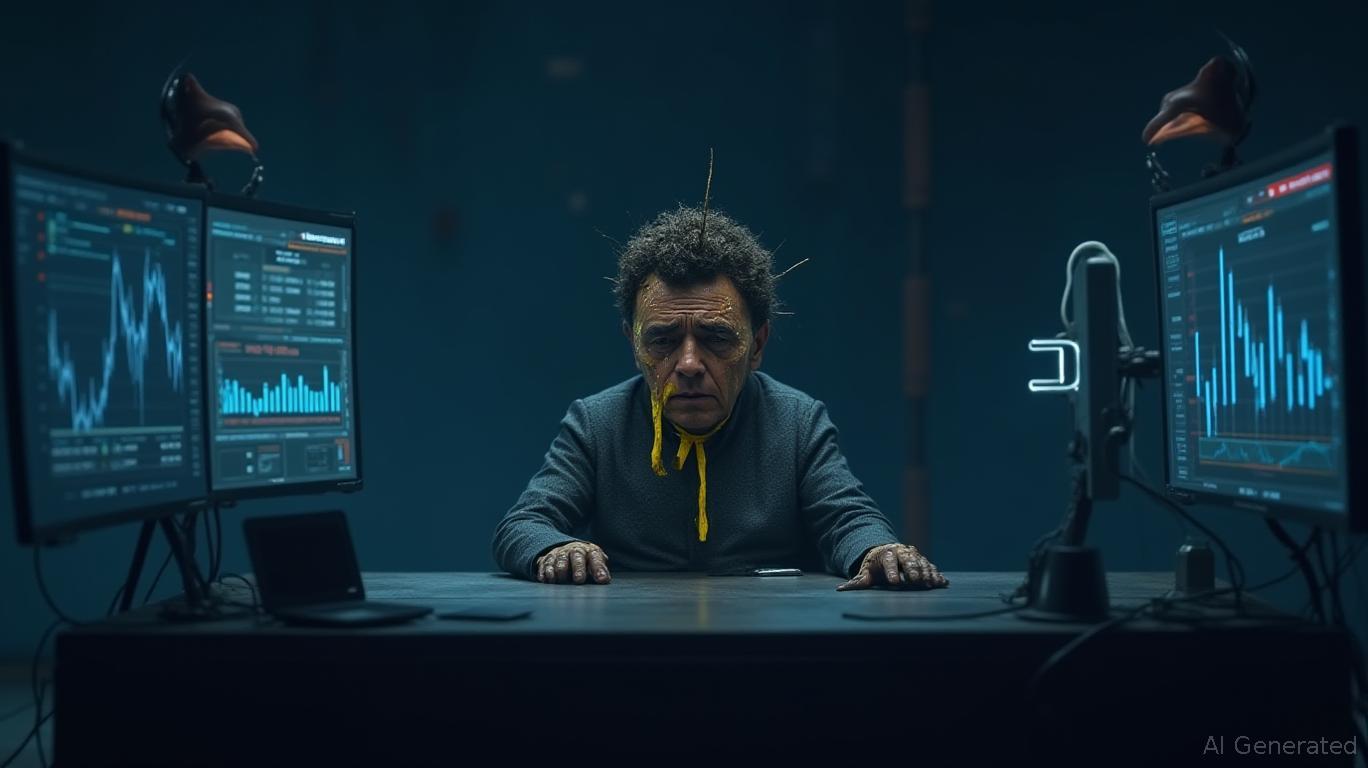Bitcoin Transactions Plummet 90% Despite Price Surge
Recent observations have highlighted a significant decline in the number of transactions conducted on Bitcoin’s blockchain, despite the cryptocurrency’s price approaching record levels. This trend suggests that the network has fewer user activities than expected, according to various analyses.
On the previous Saturday, the mempool, a temporary transaction staging area for pending confirmations, contained only about 5,000 transactions awaiting processing. Although this number later rose to 15,000, it is significantly lower than the 150,000 transactions recorded when BTC’s price first exceeded $100,000 in late 2024. The number of transactions waiting has fluctuated between 3,000 and 30,000 since March, indicating relatively weak demand on the network.
The current transaction density within the blockchain has been interpreted as a reduction in individual participants in the ecosystem despite the increase in Bitcoin’s unit price. Concerns about the network’s future have been raised by various stakeholders, particularly due to the low transaction buildup in the mempool.
This decrease has also impacted miners’ revenue streams. Income from transaction fees has now become a minuscule portion of miners’ overall earnings. The limited number of transactions waiting for confirmation is cited as the underlying cause. Joël Valenzuela, marketing and business development director, notes, “Bitcoin’s mempool is almost empty. The share of transaction fees in miner revenues has fallen below one percent.”
Valenzuela further points out a significant decline in user numbers, even while price levels reached all-time highs. He describes the situation as a major crisis, expressing concern that the network might evolve into a wholly centralized entity controlled by states and institutions in the future.
Another expert view emphasizes the absence of retail users in the market. Joao Wedson, founder of crypto data analysis platform Alphractal, asserts that the low density in the mempool is a clear indicator of small investors and users being absent from the market. Wedson states that an increase in transaction activity would strongly suggest retail investors have returned to the market.
These statements provide a general picture that, despite significant price fluctuations, the Bitcoin network demonstrates lower movement in daily use compared to the past. The market appears to operate with fewer participants than before.
Experts also indicate that this trend might create challenges in the miners’ revenue model, as reduced transaction fees directly impact the ecosystem. Discussions also highlight the sustainability and decentralization aspects of the network.
Whether there will be an increase in transaction density in the future and if retail investors’ interest will revive remains a focus for both investors and developers. A new wave of network activity could influence the general perception of the sector as well as pricing.
Current indicators reveal a contraction in the network’s real use compared to past levels, despite Bitcoin’s price increase. Expert comments highlight potential risks and signs of potential strengthening. In the upcoming phase, the relationship between price, participant density, and mining revenue stands out as a significant track to observe.
The observed low transaction density on the Bitcoin blockchain indicates that prices may not correspond with increased activity. Analyses reveal reduced activities of individual and retail investors on the network, with miner revenues from transaction fees significantly dropping. These developments may open the door to potential new discussions on user behavior, sustainability, and decentralization within the Bitcoin network. Importantly, the transaction queue’s occupancy rates could be crucial indicators of whether the network will revitalize in the future.

Content Original Link:
" target="_blank">
































































